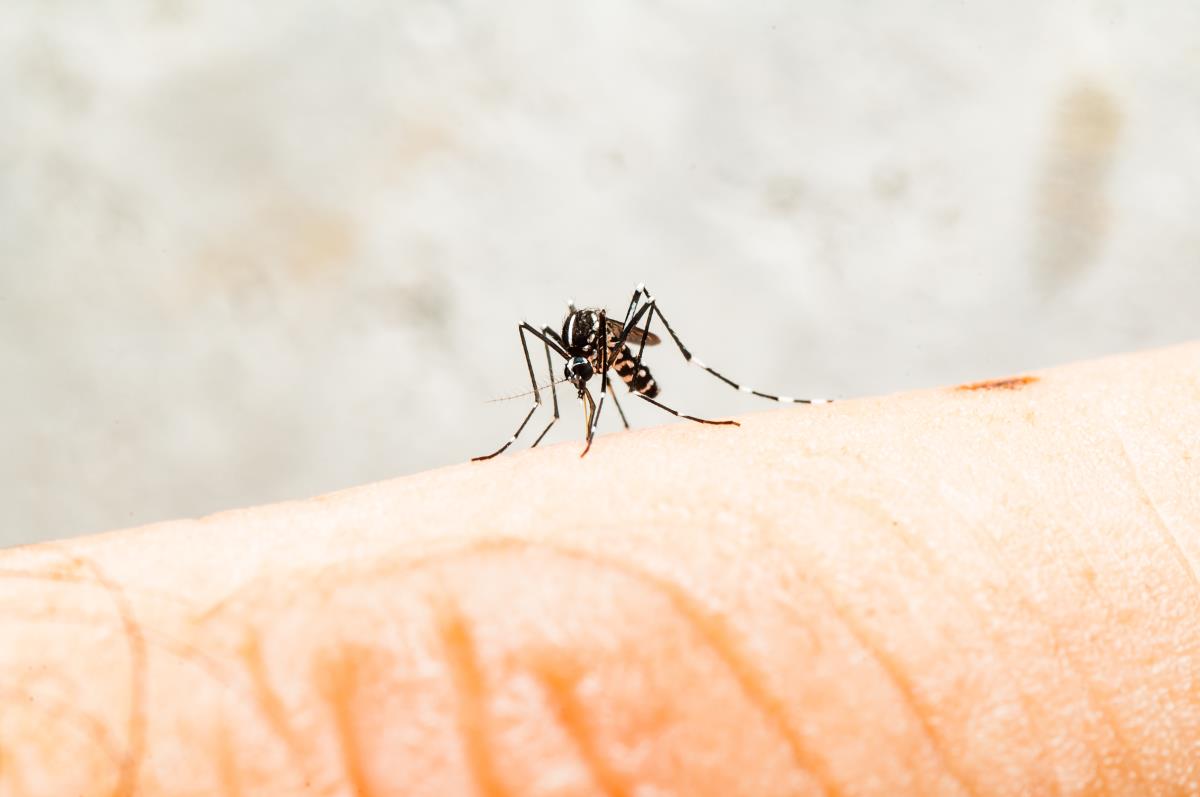New satellite data from NASA show how carbon links everything on Earth
11/25/2018 / By Frances Bloomfield

The National Aeronautics and Space Administration (NASA) has released satellite data gathered by the Orbiting Carbon Observatory-2 (OCO-2). This carbon dioxide-monitoring satellite has collected over two-and-a-half years’ worth of information that, according to NASA scientists, show how carbon links together everything on Earth. From human activities to weather hazards to biological processes, carbon is present in all of these.
As per the press release from NASA, these data were collected and published in five papers. In two of the papers, the researchers discussed the effects of El Niño, or the periodic, large-scale warming in sea surface temperatures across the central and east-central equatorial Pacific. The first showed how El Niño impacted the ocean: the 2015-16 El Niño significantly reduced the rate at which the tropical Pacific releases carbon dioxide into the atmosphere. Researchers estimated the rate to have fallen by 26 to 54 percent, amounting to a short-term reduction of 0.4 to 0.5 parts per million in atmospheric concentration.
This change in carbon dioxide emissions lasted several months and occurred in a part of the Pacific the size of the Australian continent. Though according to TheVerge.com, this was eventually remedied by the continents of Asia, South America, and Africa releasing massive amounts of carbon, leading to carbon dioxide concentrations soaring.
Another paper noted that the eruption of carbon was due to how the plants from these continents reacted to the abrupt depletion of this crucial element. In Asia and Africa, for instance, drought and extreme heat brought about the rapid decomposition of plants, which released great amounts of carbon into the air. The spate of forest fires in Asia also contributed to the substantial ejection of carbon. Meanwhile, in South America, plant growth was severely stunted by drought, rendering the plants incapable of properly absorbing the country’s carbon dioxide emissions.
Abhishek Chatterjee of the University Space Research Association (USRA) has called this event “a first for the carbon cycle community.” Chatterjee explained that this was the first time scientists were able to observe how El Niño causes carbon dioxide levels to fluctuate, and how the land and ocean play into this occurrence. “Observations from OCO-2 have solved that critical scientific puzzle,” Chatterjee told TheVerge.com.
Moreover, data gathered from the OCO-2 has shown how dips and peaks in carbon dioxide concentrations appear part and parcel of the planet’s natural cycles. A map in one of studies compared how intense carbon dioxide levels were over most of the Northern Hemisphere in late winter; come spring, these accumulations shrunk considerably. (Related: Understanding the global carbon cycle: Most CO2 is bound up in Earth’s core, which is why CO2 levels rise when continents move.)
“To me, it was just like, ‘Wow!’, it looked like some monster took a bite out of the carbon dioxide in those regions. I was amazed by how powerful the natural systems are,” said Annmarie Eldering, deputy project scientist for the OCO-2 mission.
On the observations of the OCO-2, scientists have stated that these will be used to help man gain a better understanding of the planet, and how this could change in the coming years. This satellite is sophisticated enough to differentiate between man-made and natural carbon emissions, and is capable of monitoring plants as they absorb solar energy to grow. All of this points towards how valuable the OCO-2 has become and will be in keeping track of the carbon cycle.
Visit CarbonDioxide.news to read through any and all news about carbon dioxide.
Sources include:
Tagged Under: carbon, carbon cycle, carbon dioxide, carbon emissions, climate change, climate science, CO2 emissions, earth science, Ecology, ecosystems, environ, environment, envrionment, NASA, Orbiting Carbon Observatory-2



















